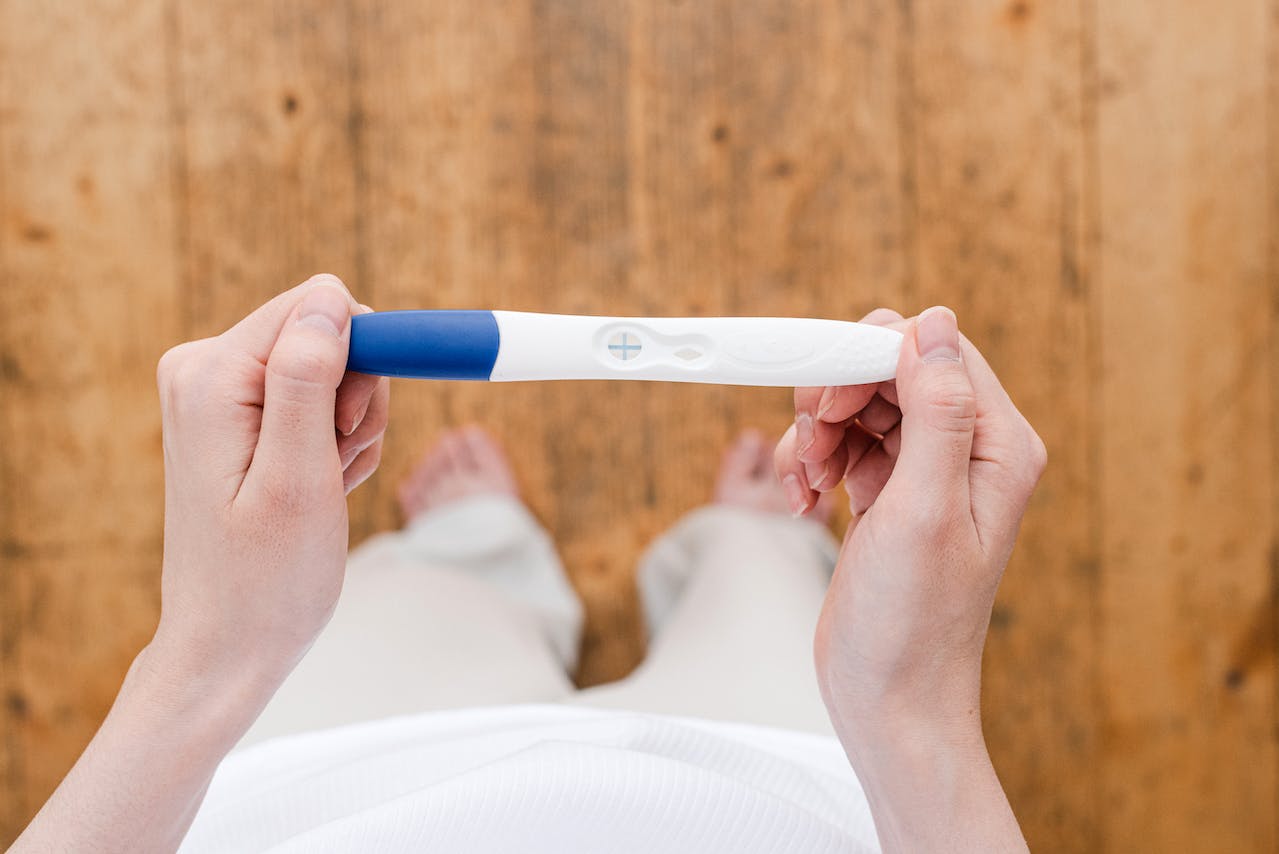Intragastric balloons are an effective solution for people who struggle with obesity and have failed with conservative lifestyle modification, pharmacotherapy, or surgery. They are inserted endoscopically through the mouth into the stomach and filled with sterile saline. They then float freely in the stomach. The balloon is removed after six months of eating a low-calorie diet designed by your support team. It includes a nutritionist, fitness trainer, and psychologist.
Table of Contents
What is the Intragastric Balloon?
The Orbera intragastric balloon is made of soft, well-tolerated silicone filled with a saline solution (salt water). The balloon takes up space in the stomach, inducing a feeling of fullness after consuming smaller meals. The gastric balloon is placed during a nonsurgical, outpatient endoscopic procedure under light sedation. An endoscope is a thin, flexible tube inserted through the mouth into the digestive system.
The endoscope is used to insert the deflated balloon, which is then filled with saline until it reaches the size of a grapefruit. The procedure takes less than 30 minutes. Once the balloon is in place, patients typically lose 20-35 pounds and improve their diabetes and blood pressure control. After six months, the balloon is removed through a similar outpatient endoscopic procedure.
During the removal process, you’ll be given a sedative and a lubricant in your throat to ease the endoscopic procedure. The removal process is quick and painless, with most people experiencing mild discomfort, but it is not acute or lasting. It is essential to take some time off after the procedure.
It allows your body to adapt to the changes occurring and reduces the chances of nausea, abdominal pain, or vomiting. If these symptoms occur, talk with your doctor. There are also rare cases where a balloon deflates or migrates out of the stomach and into the intestines.
How Does the Balloon Work?
During the six months the balloon is in place, most people lose a significant amount of weight. Reducing or eliminating obesity can prevent many physical and psychological problems.
Unlike gastric bypass surgery, the balloon procedure is a nonsurgical option. It is performed in an outpatient setting under sedation. A thin tube (catheter) is loaded with the Orbera balloon and then advanced down your throat and into your stomach. The balloon is positioned where it takes up less than half of the space in your stomach, slowing the passage of food and liquids and training your body to feel complete with smaller meals.
A few hours after the procedure, you will go home. Most people report mild discomfort after the process, but it is more of a dull sensation than acute pain and doesn’t last. The balloon will be removed once you’ve reached your weight loss goals or when your doctor recommends it.
During this procedure, you will be sedated, and a small endoscope is inserted into your mouth, into the esophagus, and then into your stomach to remove the balloon. The removal procedure takes about a half-hour and is followed by six months of support as you continue practicing healthy eating habits and lifestyle changes.
How Do I Lose Weight with the Balloon?
Over the six months that the balloon is placed, most patients experience weight loss of 20 to 35 pounds. It is more than most people can achieve with diet and exercise alone. They also benefit from improved diabetes and blood pressure control. The gastric balloon procedure is quick and painless. You are sedated, and the soft, deflated balloon is inserted into your stomach using an endoscope (a thin tube with a camera attached).
Then, saline solution fills the balloon, which reduces the volume of your stomach so that you feel full after smaller meals. The procedure is outpatient, and you are discharged shortly afterward. During the first weeks, you may experience a few physical side effects from having the balloon in your stomach. The most common are acid reflux and nausea. If these symptoms persist, you will be prescribed Prilosec or other anti-reflux medications. As directed, it’s crucial to chew your meal thoroughly and to eat slowly.
In addition to your doctor, you will have the support of a team of professionals from our multidisciplinary obesity clinic. It includes gastroenterologists, nutritionists, and an exercise therapist. This support will continue even after the balloon is removed. Many of the physical and psychological issues linked to obesity are dramatically relieved for patients who use the balloon to drop a substantial amount of weight.
Is the Balloon a Good Option for Me?
The balloon is a less invasive option than bariatric surgery or endoscopic sleeve gastroplasty. It has also been shown to have a better success rate than both these procedures. This minimally invasive procedure is also less expensive and can improve your long-term health outcomes. Whether or not you are a candidate for the balloon depends on several factors, including your weight and medical history.
It would help if you were committed to long-term weight loss, so it’s essential to meet with a physician before you decide on the procedure. We offer free informational seminars where you can learn more about the balloon and ask questions of our team of experts. The health of patients who use the balloon to shed the most significant weight significantly improves.
Improvements in illnesses including diabetes, dyslipidemia (high cholesterol), high blood pressure, and sleep apnea coincide with weight loss. The balloon is intended to assist you in achieving your weight objectives when combined with a diet and behavioral modification plan. It is not a permanent solution and should be removed after six months. You must continue to follow a balanced, nutrient-rich diet to maintain your healthy lifestyle.
Also Read – The Link Between Blue Light Exposure and Sleep




